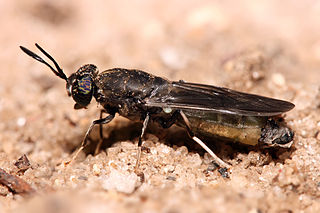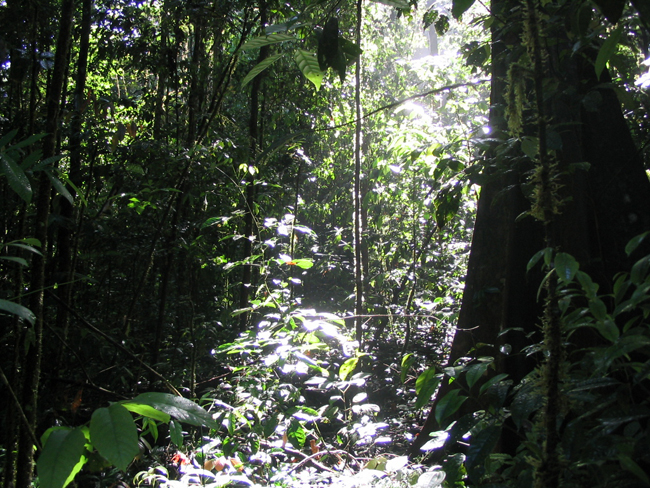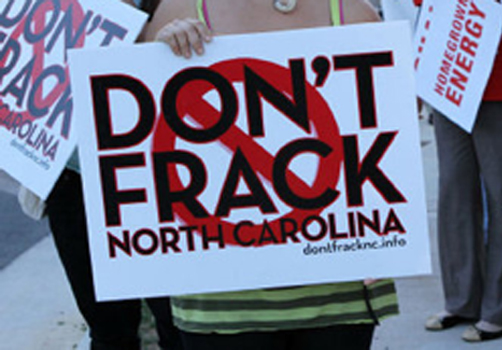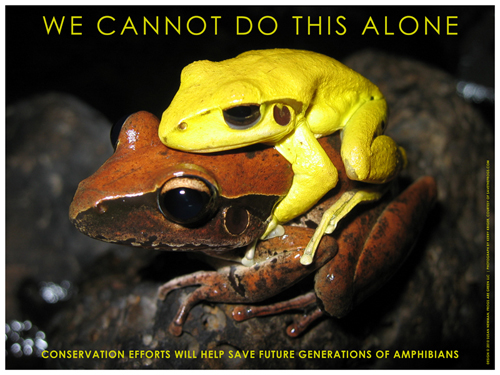Recycling: Why Is It So Hard for Some?
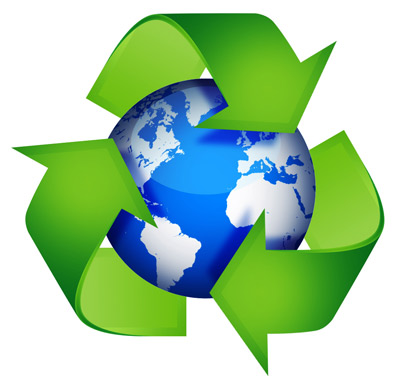 Yesterday I had an argument with someone I know. She was mixing all the trash into one bag to put out on the street. No matter what I said, she refused to separate the trash. Why is it so hard for some people to follow the rules (the law)… not just because the city tells us to, but because it’s right for our community and our planet.
Yesterday I had an argument with someone I know. She was mixing all the trash into one bag to put out on the street. No matter what I said, she refused to separate the trash. Why is it so hard for some people to follow the rules (the law)… not just because the city tells us to, but because it’s right for our community and our planet.
My community has a trash problem, city wide actually. The street cleaners (physical people) are currently at a minimum. I see someone maybe once a week and that’s not enough to pick up after citizens who believe there is someone walking directly behind them ready and waiting for their chip bag, pizza plate or empty soda can. What kind of parent doesn’t teach their children to respect others, our community, and has those same bad habits? Store owners don’t bother to come outside and pick up the trash right outside their door.
And… we’ve got another problem (worse than regular trash, if you know what I mean) with the homeless who are living on the streets, and don’t get me started on the dog poop.
Lately, the Riverview Neighborhood Association has pushed back against this with their own “clean-up” project, one street at a time. A very impressive initiative, which more neighborhood associations need to implement.
The City of Jersey City and Sustainable JC have hosted conferences in City Hall such as the Zero-Waste Conference, but of course the people who attend (like me) already care about this issue, so how can we reach the people we need to?
Anyway, in case you’re not sure what the “Trash/Recycling” law is, here in Hudson County, here are some details via the Hudson County Improvement Authority — http://hcia.org Visit their website, because there is a lot more information including what you cannot recycle!
Solid Waste Management
Each and every day, Hudson County residents generate more than 1,500 tons of solid waste! Much of this can be harmful to our environment if disposed of improperly. Making certain that this trash is disposed of in an environmentally sound and cost-effective manner is the highest priority for the HCIA and its Division of Solid Waste.
Recycling
In Hudson County, recycling has become an important method of waste management. Materials that were once thought to be unrecyclable are now being commonly recycled. However, there are still some materials that can not be recycled and those that can be need to be prepared correctly for recycling so that they can be reprocessed into new products.
Paper
Paper and paper products comprise approximately 32% of the waste stream in Hudson County. There are many different types of paper:
* Corrugated Cardboard
* Chipboard & Paperboard
* Mixed Paper
* Phone Books
* Hi-Grade Office & Computer Paper
Plastics
Plastics can be very mysterious because each type is made up of different chemical components. Therefore, it is essential that only similar types get recycled together.
For Better Recycling
Sorting different types of plastic is essential to producing high quality recycled products. Check with your local recycling coordinator as to which types of plastics are collected by your municipality.
Glass
Recycle only glass bottles and jars from food, beverages and medicine. Do not recycle light bulbs, glassware, ceramics and window glass, which are each made of different ingredients, and by different processes.
Aluminum, Tin and Steel Cans
Typically, the only kind of aluminum your town wants set out for curbside collection is aluminum beverage cans. You can test if a can is aluminum or steel by using a magnet: a magnet won’t stick to aluminum. Unless indicated differently, glass, aluminum, steel and tin cans can be commingled for collection.

